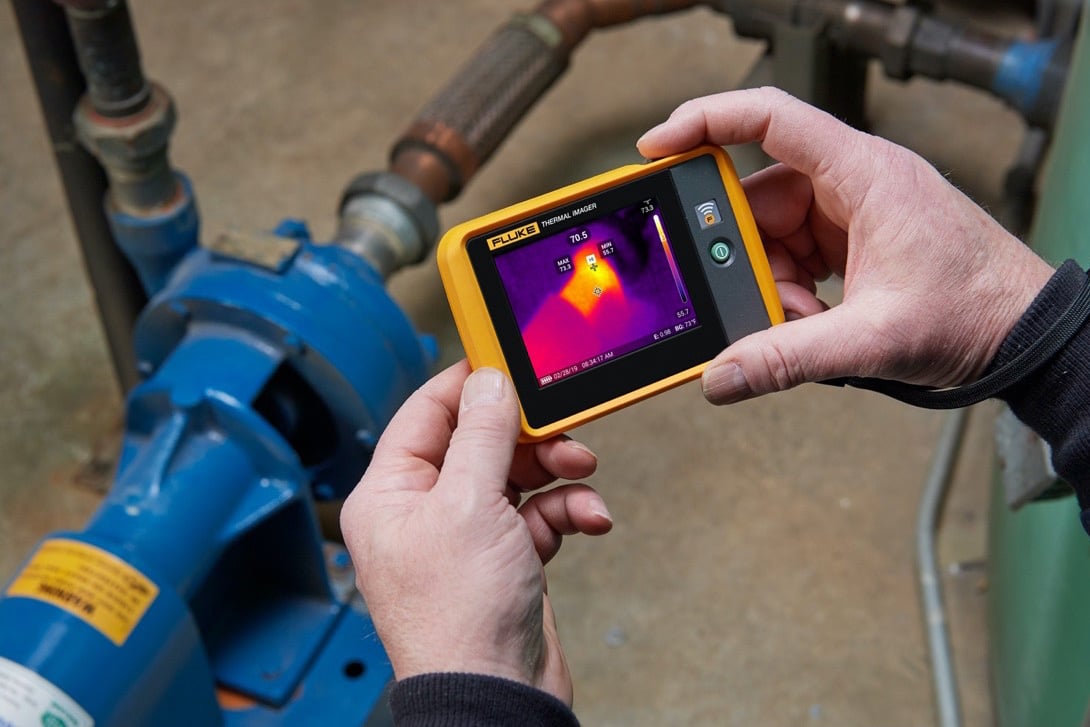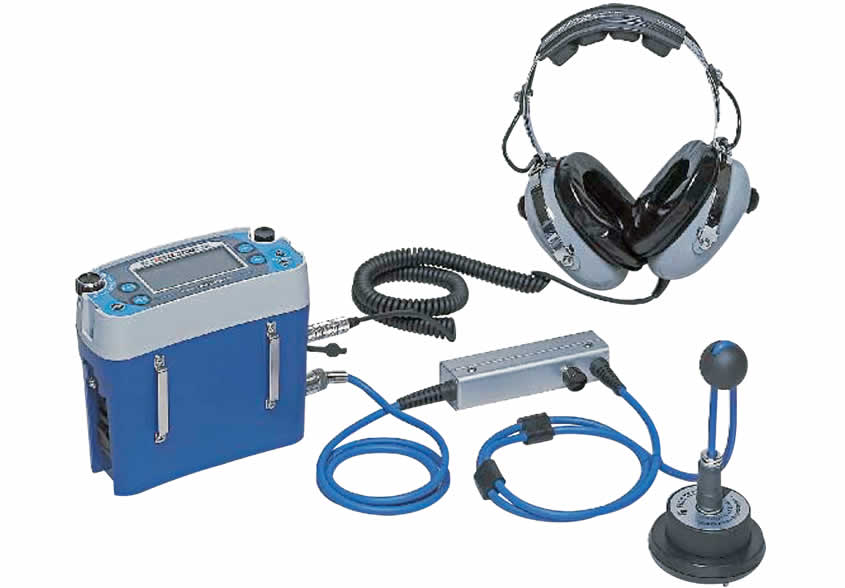Top Water Leak Detection Methods to Secure Your Residential Or Commercial Property from Water Damage
Top Water Leak Detection Methods to Secure Your Residential Or Commercial Property from Water Damage
Blog Article
Cutting-edge Solutions for Early Discovery of Water Leakages in Buildings and Framework
From innovative leakage discovery technologies to the deployment of IoT sensing units for real-time monitoring, the landscape of leakage avoidance is evolving swiftly. Automated water circulation evaluation systems are reshaping just how leaks are recognized and attended to, leading the means for a positive strategy to water leakage discovery.
Advanced Leak Discovery Technologies
Advanced leak discovery innovations, geared up with sophisticated sensors and formulas, play a crucial duty in quickly recognizing and determining water leakages in numerous settings. These innovations use a mix of acoustic, thermal, and electromagnetic picking up techniques to detect leaks precisely. Acoustic sensors spot the sound of escaping water, enabling for accurate localization of the leak source. Thermal imaging discovers temperature changes triggered by water leak, giving an additional effective technique for leakage identification. Electro-magnetic sensors can identify adjustments in magnetic fields brought on by water, providing yet one more layer of leak discovery capacity.

IoT Sensors for Real-Time Tracking
In the realm of modern-day water leak detection, the combination of IoT sensors for real-time tracking represents an essential innovation in improving proactive leakage detection abilities. These sensors provide continuous monitoring of water supply, providing real-time information on water circulation prices, pressure variants, and temperature modifications. By leveraging IoT technology, these sensors can detect also the smallest anomalies in water usage patterns, making it possible for very early identification of possible leaks before they escalate right into major issues.
IoT sensors transmit information to a centralized platform, where advanced algorithms assess the details and create alerts or alerts when abnormalities are found. This real-time tracking capacity enables homeowner or center managers to quickly address leakages, lessening water damages, reducing repair service prices, and preserving water resources.
Additionally, IoT sensing units can be incorporated with building monitoring systems, permitting automatic responses to identified leakages, such as shutting down water valves or turning on pumps to minimize the effect of leakages. Generally, the application of IoT sensing units for real-time surveillance significantly improves the efficiency and performance of water leakage detection in buildings and facilities.
Device Knowing Algorithms for Leakage Forecast

One trick advantage of making use of machine learning for leakage prediction is its capacity to continually learn and enhance its precision over time. As even more data is gathered and fed into the formula, it can improve its forecasts and adjust to altering problems, ultimately boosting the integrity of leakage discovery systems.
Furthermore, equipment knowing algorithms can assist in identifying refined indicators of leaks that might go unnoticed by typical surveillance techniques. water leak detection. By evaluating complicated data collections in real-time, these algorithms can give very early cautions and notifies, permitting prompt treatment and precautionary maintenance to minimize potential water damage and linked costs
Making Use Of Thermal Imaging for Leak Discovery
Thermal imaging technology provides a promising technique for spotting water leaks in numerous systems and frameworks. By using infrared radiation and temperature differences, thermal imaging cams can recognize covert leakages that are not easily visible to the nude eye. When water escapes from pipelines or frameworks, it often alters the temperature of the surrounding location, producing temperature level differentials that thermal electronic cameras can record. These temperature irregularities are get redirected here after that equated into visible photos, highlighting the exact place of the leakage.
Among the vital benefits of thermal imaging for leak discovery is its non-intrusive nature. Unlike standard techniques that may call for burglarizing wall surfaces or floors to situate leaks, thermal imaging permits non-destructive testing. This not just saves time and decreases expenses yet additionally decreases interruption to the building or facilities being analyzed. Furthermore, thermal imaging can quickly check large areas, giving a comprehensive introduction of potential leak sources in a prompt manner. In general, making use of thermal imaging modern technology boosts the effectiveness and accuracy of water leakage discovery, making it a useful device for keeping the stability of buildings and facilities.
Automated Water Flow Analysis Equipments
Exactly how can automated water circulation analysis systems revolutionize the have a peek at this site detection and management of leakages in numerous systems and facilities? Automated water flow evaluation systems offer a positive approach to leak detection by constantly keeping an eye on water circulation rates and patterns. By establishing baseline information, these systems can promptly recognize inconsistencies that might show a leak, enabling prompt treatment to stop substantial damages.
These systems utilize advanced formulas to evaluate real-time information and give immediate signals when anomalies are found, enabling for quick action to be taken. Furthermore, automated water flow analysis systems can be incorporated with structure management systems or IoT platforms, boosting total efficiency and allowing remote surveillance capacities.
Additionally, the data gathered by these systems can be utilized for predictive maintenance purposes, helping to identify potential powerlessness in the framework prior to leakages take place. On the whole, the execution of see page computerized water circulation evaluation systems can dramatically boost leak discovery and monitoring practices, eventually leading to cost financial savings, decreased water waste, and enhanced sustainability in buildings and framework.

Final Thought
In verdict, the integration of advanced leak detection technologies, IoT sensors, artificial intelligence algorithms, thermal imaging, and automatic water flow analysis systems provides ingenious options for very early discovery of water leakages in structures and infrastructure. These innovations make it possible for real-time monitoring, prediction of leaks, and reliable discovery approaches to avoid water damages and wastefulness. Carrying out these options can assist in preserving the stability and sustainability of water systems in various settings.
Report this page